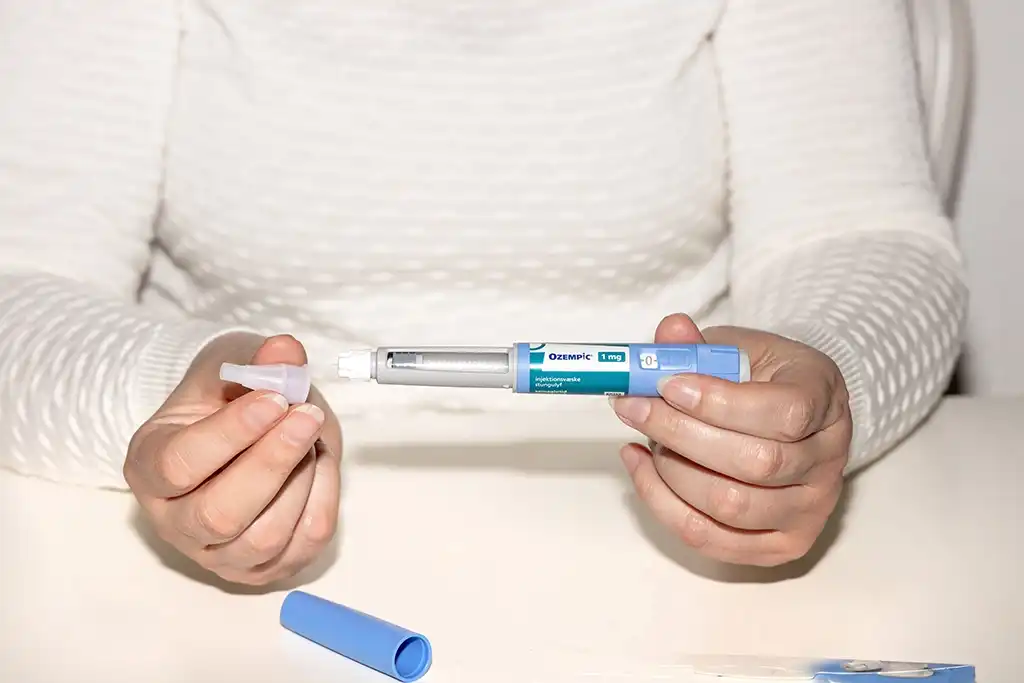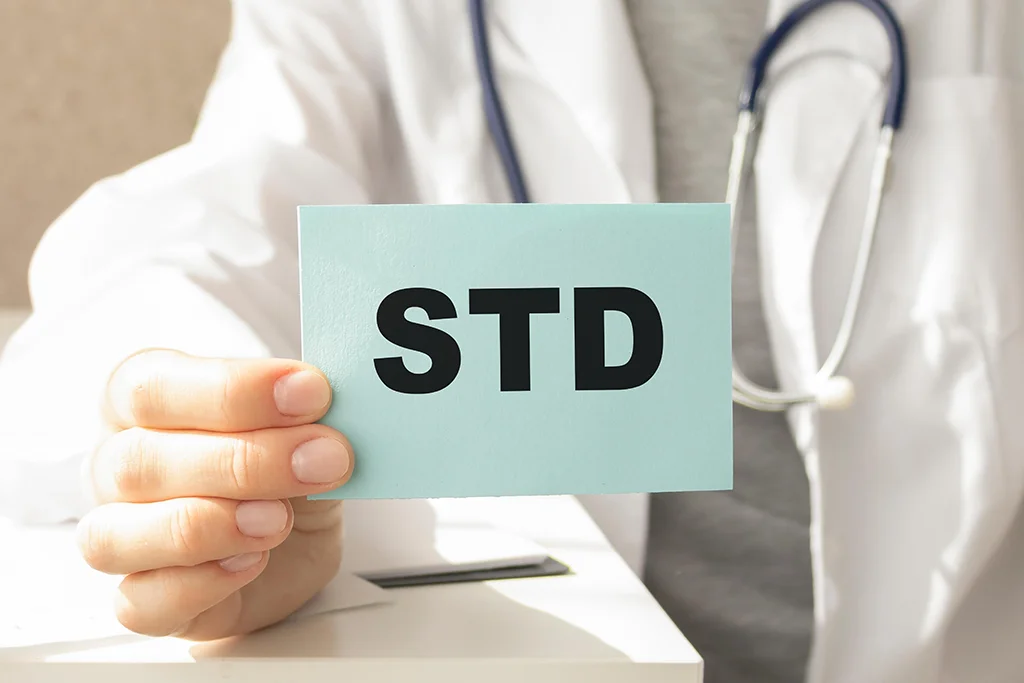Benefits of Vibration Therapy. This is not a novelty, but it’s been a real buzzword in the last decade. It has many promising potential benefits, from promoting weight loss and improving bone density to enhancing blood circulation and even relieving pain and stress.
Many health and holistic practices worldwide offer vibration therapy as part of their wholesome regimen, helping patients and customers complement other aspects of their wellness journey. Here’s what only 10-15 minutes of daily vibration therapy can do for your health.




